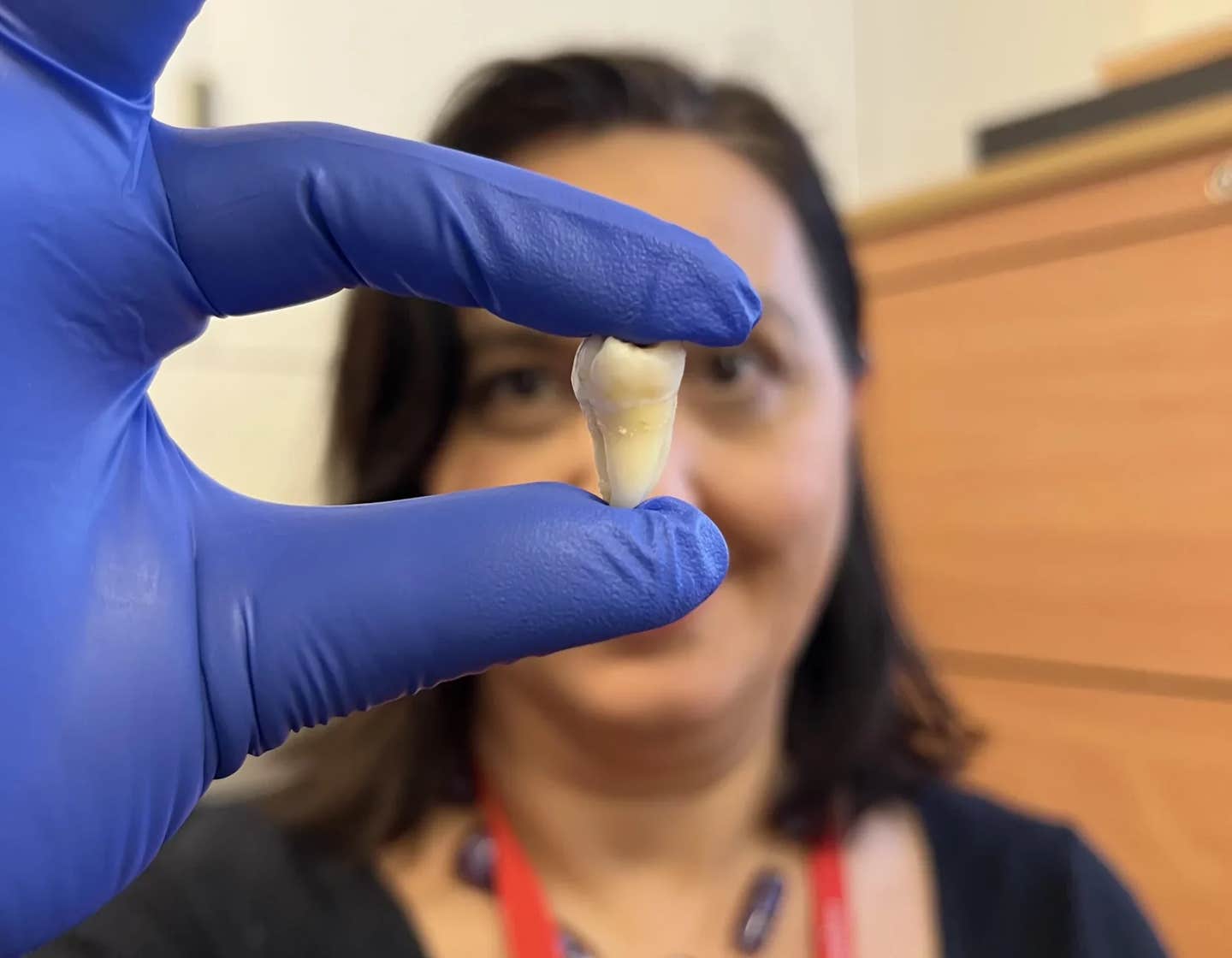Young adults drive historic decline in smoking
The United States has seen an impressive drop in cigarette smoking over the past several decades, a shift that holds important lessons for public health.

Young adults drive smoking rates to historic lows, but older adults slow full health gains. (CREDIT: CC BY-SA 4.0)
The United States has seen an impressive drop in cigarette smoking over the past several decades, a shift that holds important lessons for public health. In 1955, more than half of American adults smoked. Today, smoking prevalence has fallen to just 11.5%, and experts predict it will drop below 5% by 2035. This sharp decline has fueled efforts to end the tobacco epidemic once and for all.
How the Fight Against Smoking Took Shape
Major changes in smoking habits did not happen overnight. After early scientific studies in the 1950s linked smoking to serious diseases like lung cancer, the country began a slow but steady march toward lower smoking rates. The 1960s brought the first strong public warnings, and since then, smoking has declined alongside various public health initiatives.
Government action played a big role. The 2009 Family Smoking Prevention and Tobacco Control Act gave the U.S. Food and Drug Administration the authority to regulate tobacco products. States, however, carried the heaviest load in protecting public health. Many launched large tobacco control programs. California took the lead in 1988 with the first statewide effort. Its success inspired other states to follow.
Another key moment came in 1998 with the Master Settlement Agreement. This agreement held the tobacco industry responsible for healthcare costs tied to smoking. It restricted advertising, funded anti-smoking campaigns, and helped fuel tobacco control programs nationwide. Despite these successes, not all states kept up the pressure equally. Big differences in cigarette prices and spending on tobacco control remained, leading to wide gaps in smoking rates and health outcomes.
Today, about one-third of U.S. states still experience slower declines in smoking and related diseases. These differences show up not just across states but among different groups, such as by age, sex, race, ethnicity, and education.
New Research Sheds Light on State-by-State Progress
Researchers at the University of California San Diego recently analyzed data from a large national survey, the Tobacco Use Supplements to the U.S. Census Bureau’s Current Population Survey. This monthly survey, covering about 54,000 households, provides detailed snapshots of employment, economic well-being, and tobacco use.
Related Stories
Between June and October 2024, researchers studied responses from 1.77 million individuals. Their goal was to track state-level changes in smoking from 1992 to 2022. They wanted to see if the gap between states with high and low smoking rates had narrowed. They also looked at how these trends varied across age, race, sex, and education levels.
Their study, published in JAMA Network Open, found that while large differences in smoking still exist among states, the biggest declines happened in places where smoking was once highest. However, this good news comes with a warning: progress has not been even across all age groups.
“The rapid decline in smoking among young adults is clear evidence that the smoking epidemic will come to an end in our lifetime,” said Matthew Stone, Ph.D., first author and assistant professor at the UC San Diego Herbert Wertheim School of Public Health and Moores Cancer Center. “Indeed, we project that the national smoking prevalence will be under 5% by 2035. However, the much slower decline in smokers over the age of 50, particularly in previously high smoking states, will mean that the high rates of lung cancer, heart disease and chronic obstructive pulmonary disease that are caused by lifelong smoking will take longer to decrease.”
Young Adults Lead the Way, but Challenges Remain
The decline in smoking among young adults has been particularly striking. In many states, younger generations have adopted healthier habits much faster than older ones. This shift suggests a strong future trend toward lower smoking rates nationally. But the slower progress among adults aged 50 and older could delay the full health benefits.
Since smoking-related diseases often take decades to develop, the current rates of lung cancer, heart disease, and chronic obstructive pulmonary disease among older adults are expected to remain high for some time. Data show that the reduction in smoking leads to lower disease rates, but typically with a 16-year delay. So while today’s young adults are on a promising path, older generations will continue to bear the burden of past smoking habits for many years to come.
John P. Pierce, Ph.D., corresponding author and Distinguished Professor at the UC San Diego Herbert Wertheim School of Public Health and Moores Cancer Center, emphasized the importance of vigilance. “While the ongoing decline in cigarette smoking is a major public health success story,” he said, “recent evidence suggests that the tobacco industry has successfully recruited a new generation of teenagers into e-cigarette use and nicotine addiction. Further research is needed to assess the long-term impact of this shift.”
Looking Ahead: A National Goal Within Reach
The Healthy People 2030 initiative, which sets national health goals, originally targeted a smoking rate below 5%. Due to changes in how smoking is tracked, that target was slightly adjusted upward to 6.1%. However, the new research from UC San Diego suggests that reaching the original 5% goal by 2035 is still realistic.
The researchers conducted a sensitivity analysis, comparing states projected to meet the 5% target with states identified in earlier studies based on cigarette sales data. They found strong alignment, adding confidence to their projections.
But achieving a national low smoking rate will require ongoing effort. States with slower progress must strengthen tobacco control programs. Strategies like raising cigarette taxes, investing in anti-smoking campaigns, and improving access to cessation programs remain vital.
The UC San Diego team also pointed out that efforts need to be tailored to different groups. Older adults, in particular, need targeted help to quit smoking. Without focused intervention, the benefits of lower smoking rates among young people could be overshadowed by continued high rates of disease among older Americans.
A Future Beyond Cigarettes
The dramatic shift in smoking rates over the past 70 years proves that public health efforts can change behaviors on a large scale. Policies that educate the public, make smoking less attractive, and support people in quitting have saved millions of lives.
As the country moves closer to ending the cigarette epidemic, new challenges like e-cigarette use among teenagers must be addressed. However, the success so far offers hope. It shows that with the right strategies and commitment, major public health problems can be tackled — and even defeated.
Note: The article above provided above by The Brighter Side of News.
Like these kind of feel good stories? Get The Brighter Side of News' newsletter.
Joseph Shavit
Head Science News Writer | Communicating Innovation & Discovery
Based in Los Angeles, Joseph Shavit is an accomplished science journalist, head science news writer and co-founder at The Brighter Side of News, where he translates cutting-edge discoveries into compelling stories for a broad audience. With a strong background spanning science, business, product management, media leadership, and entrepreneurship, Joseph brings a unique perspective to science communication. His expertise allows him to uncover the intersection of technological advancements and market potential, shedding light on how groundbreaking research evolves into transformative products and industries.



